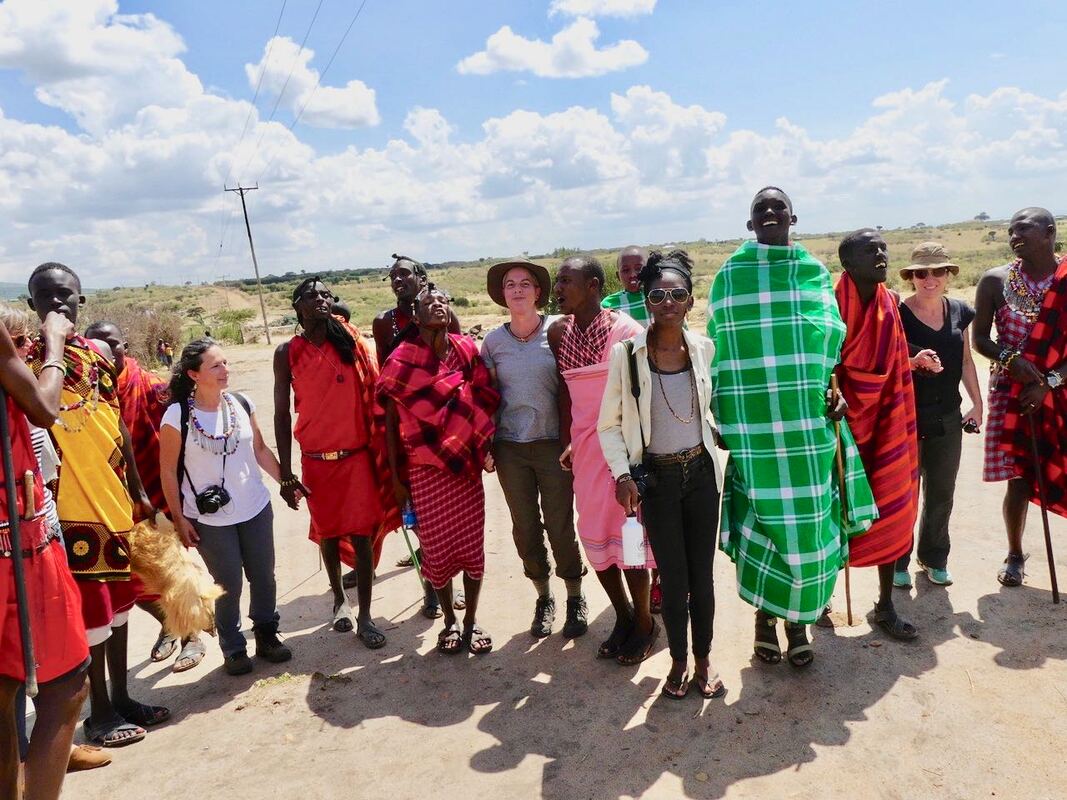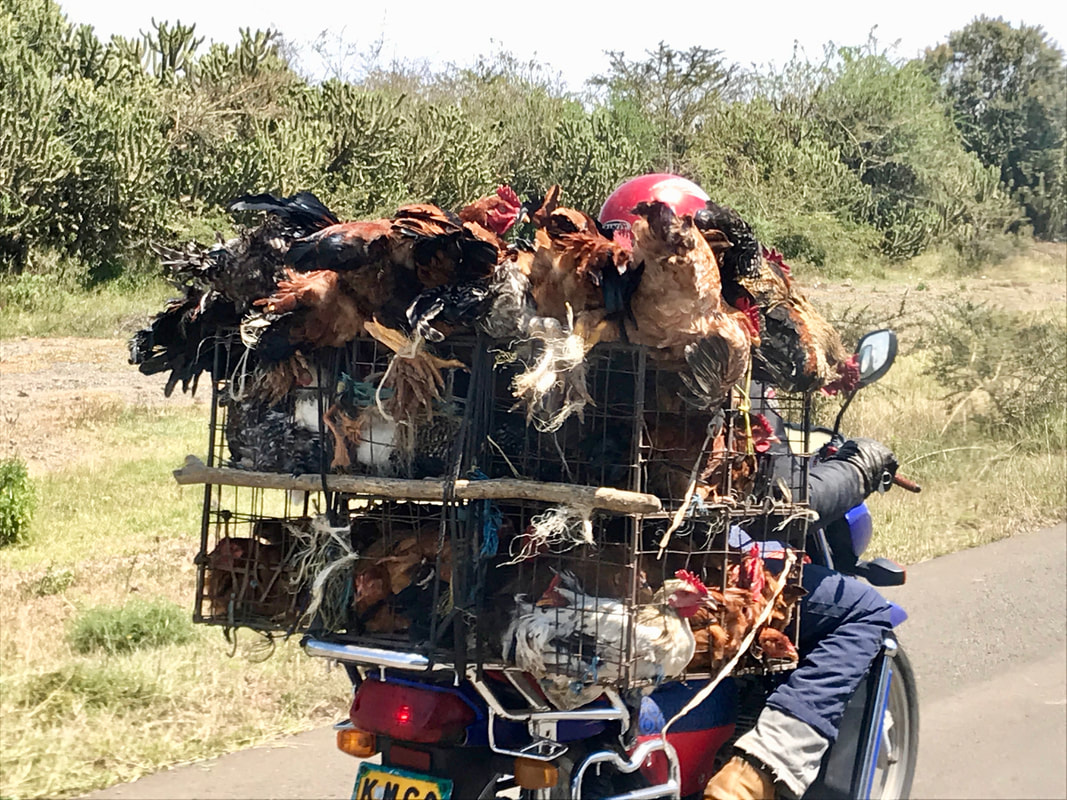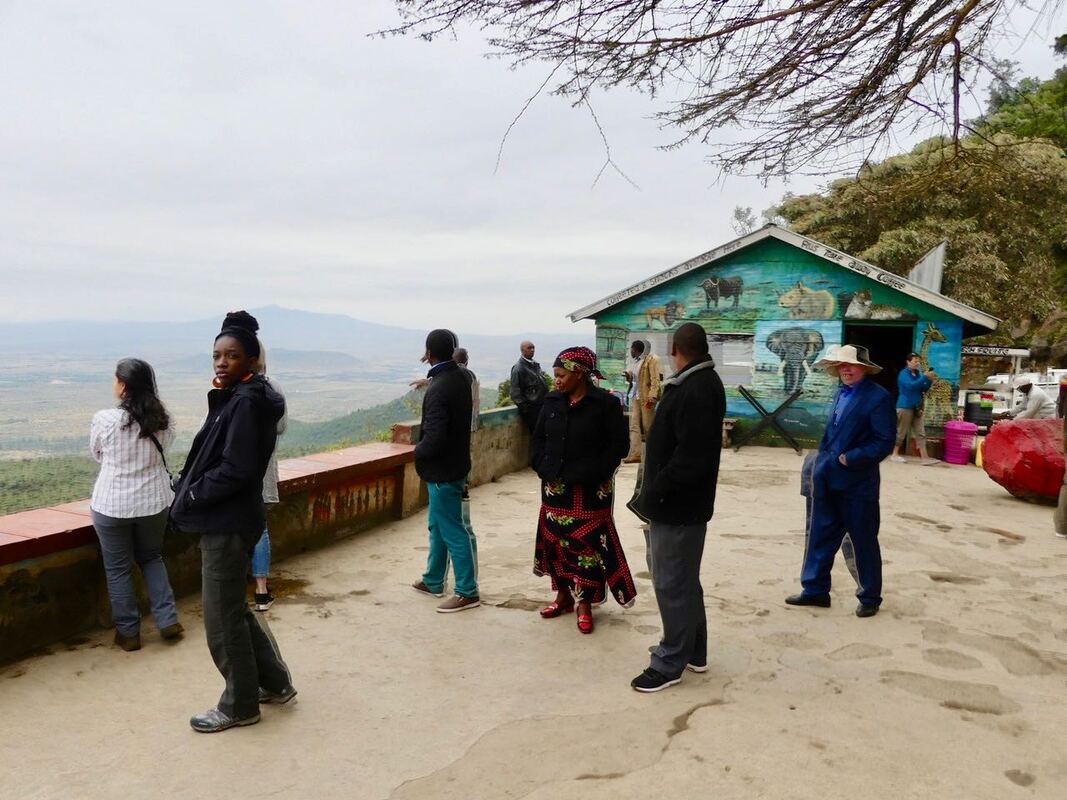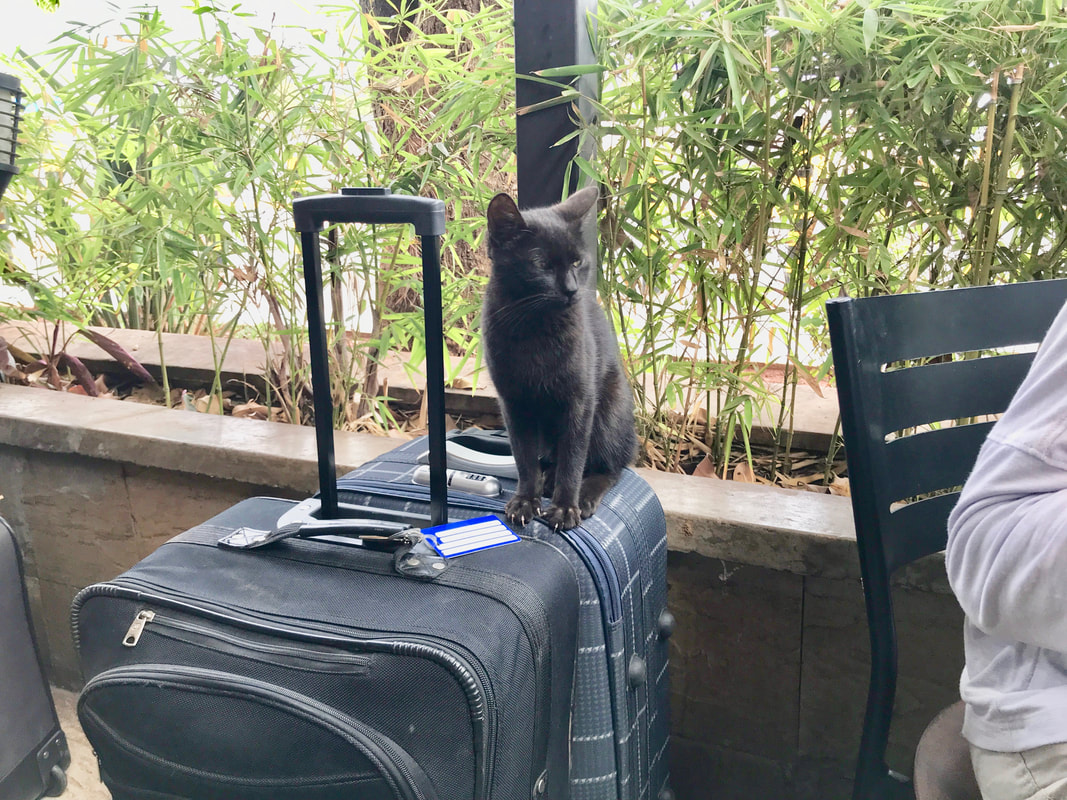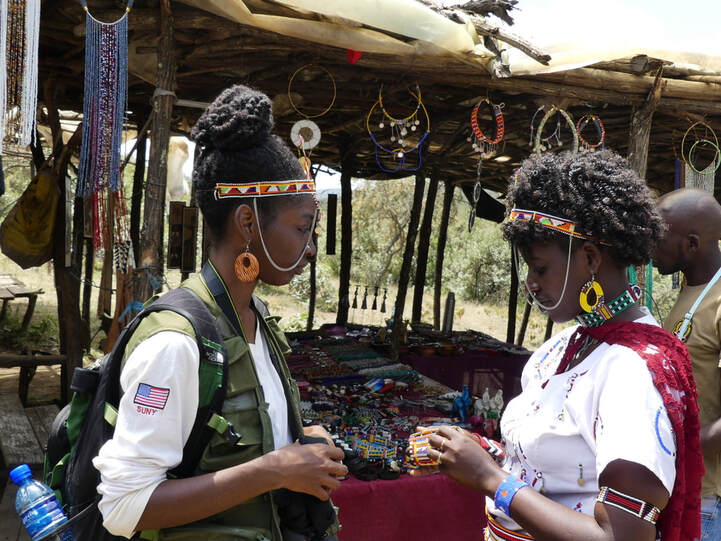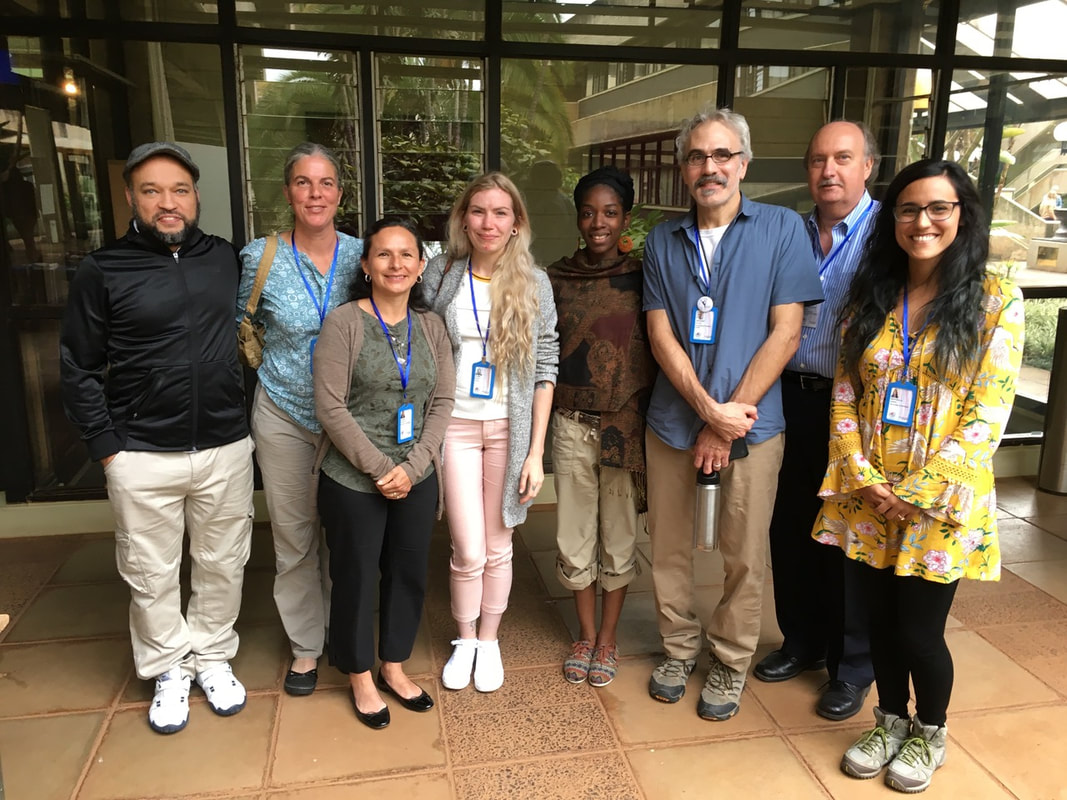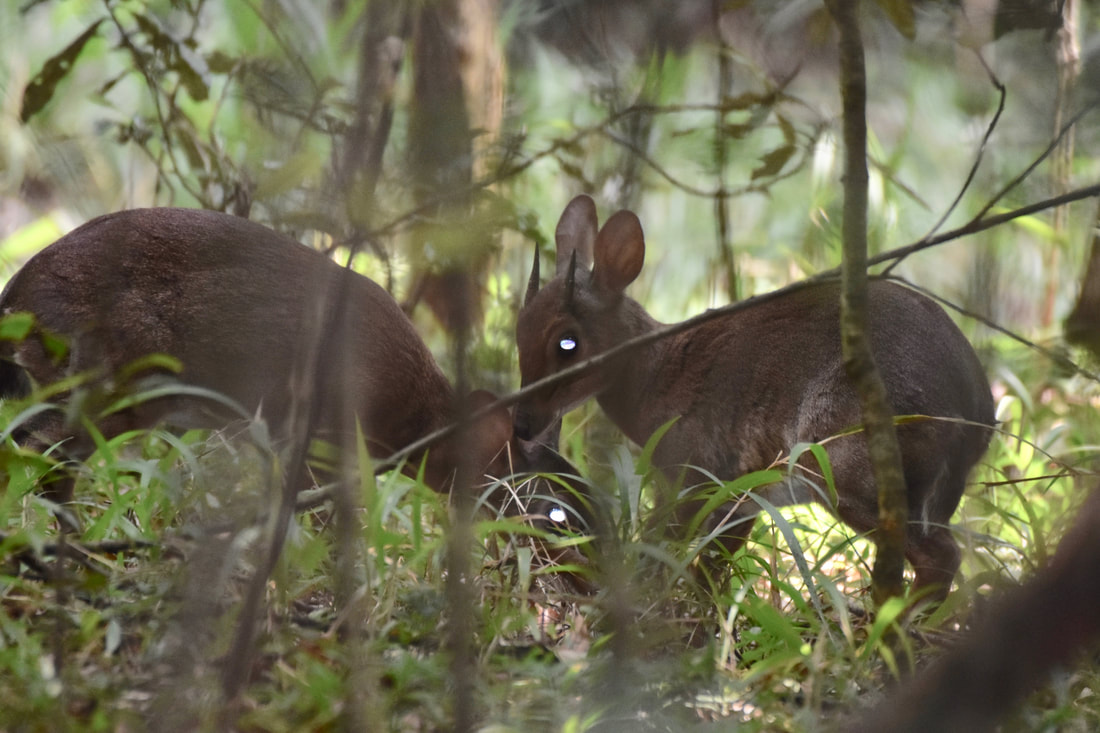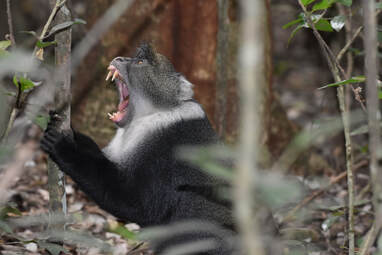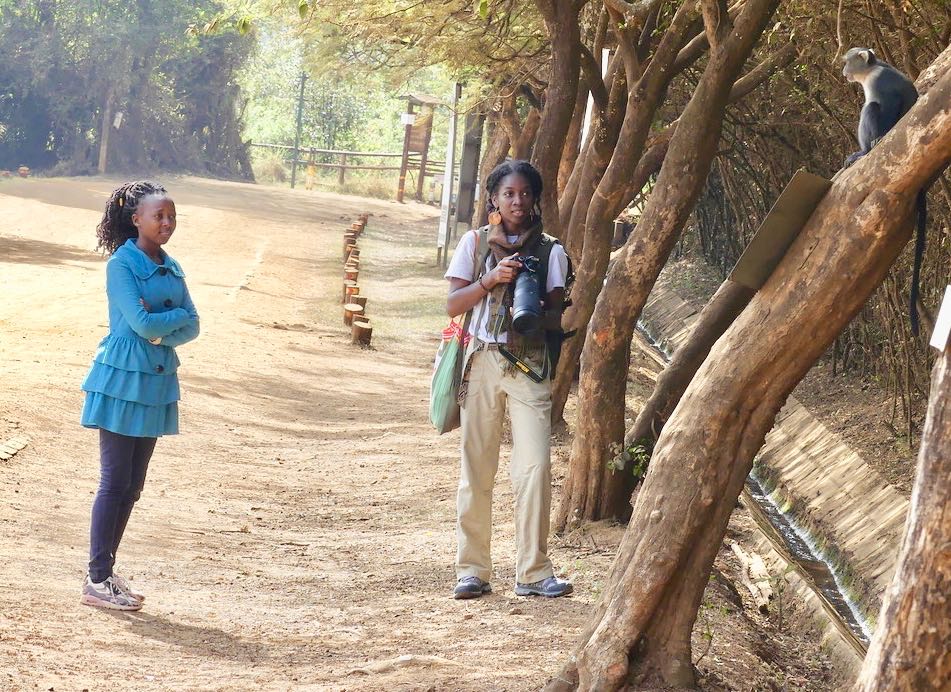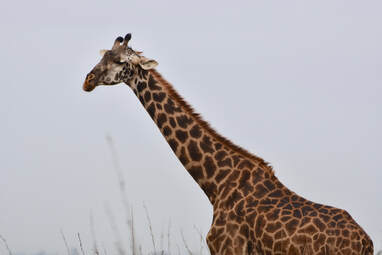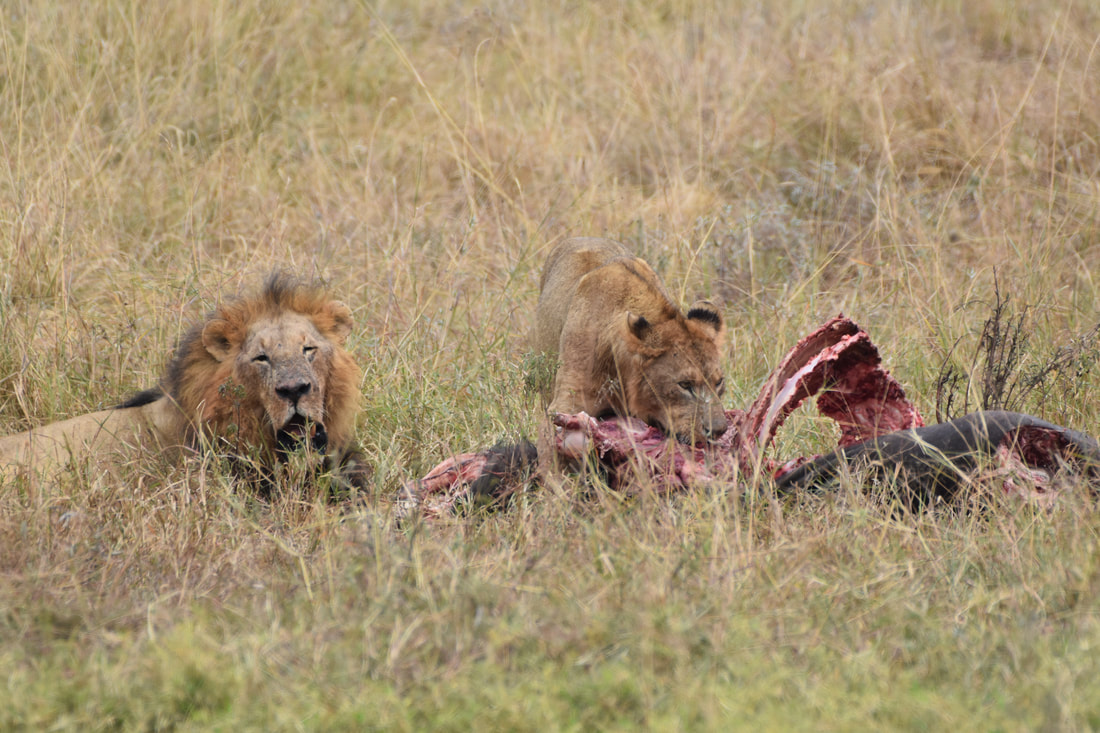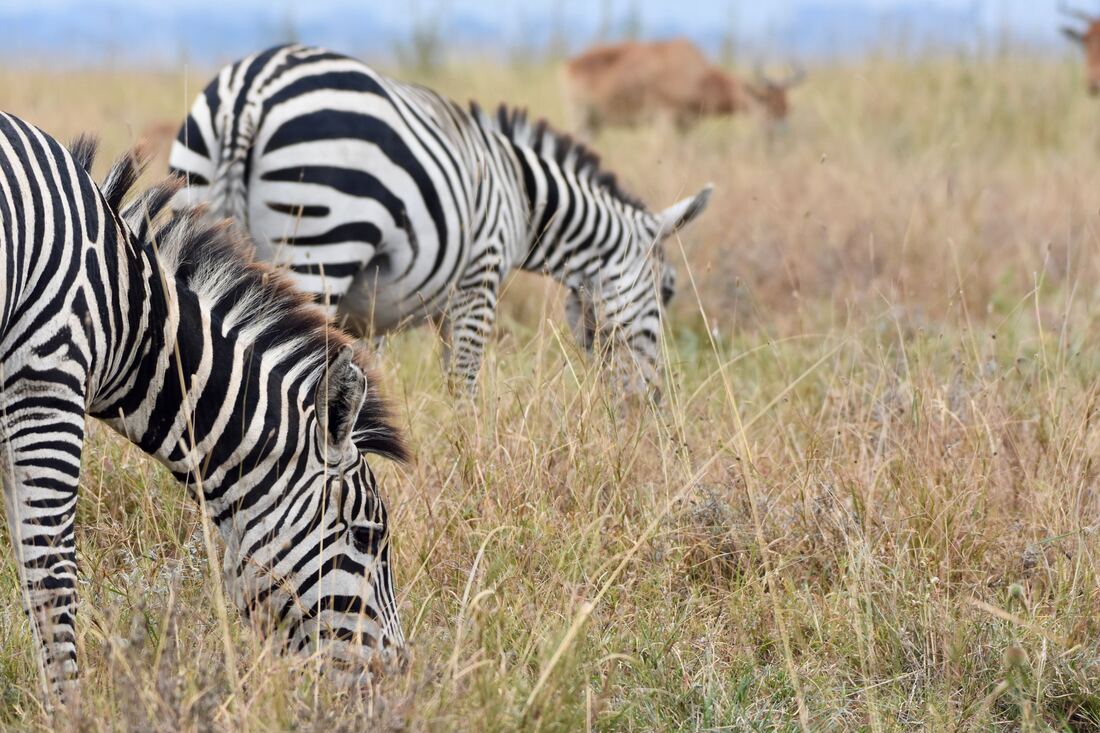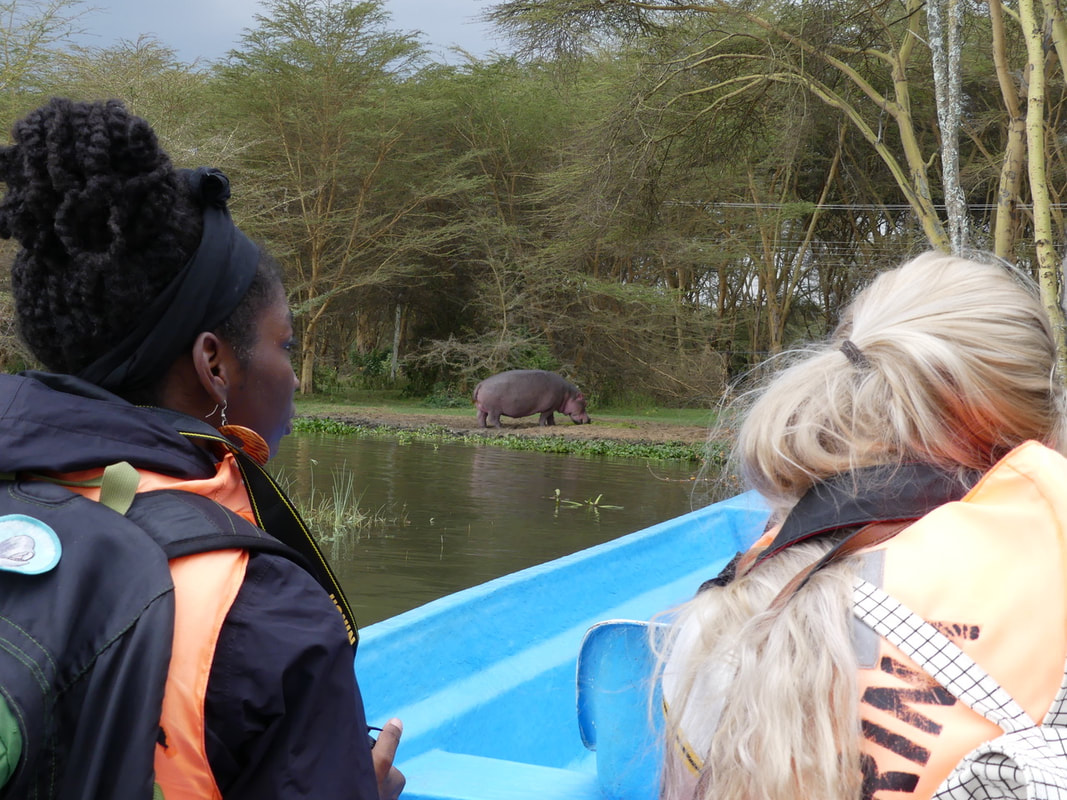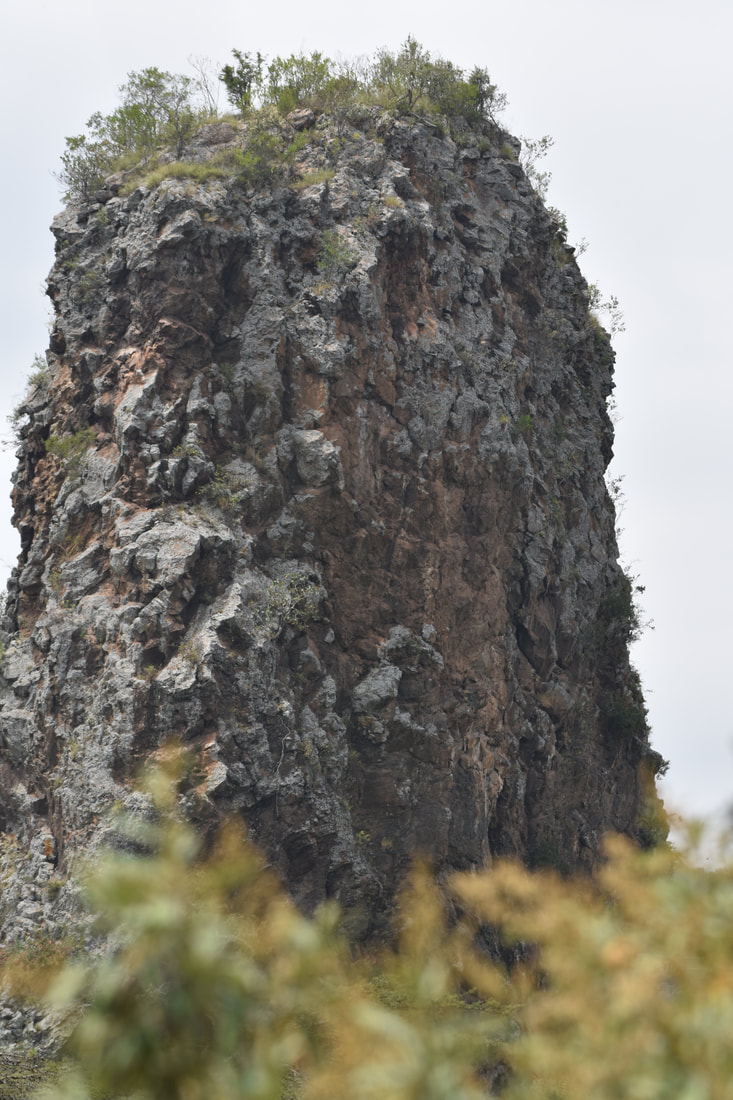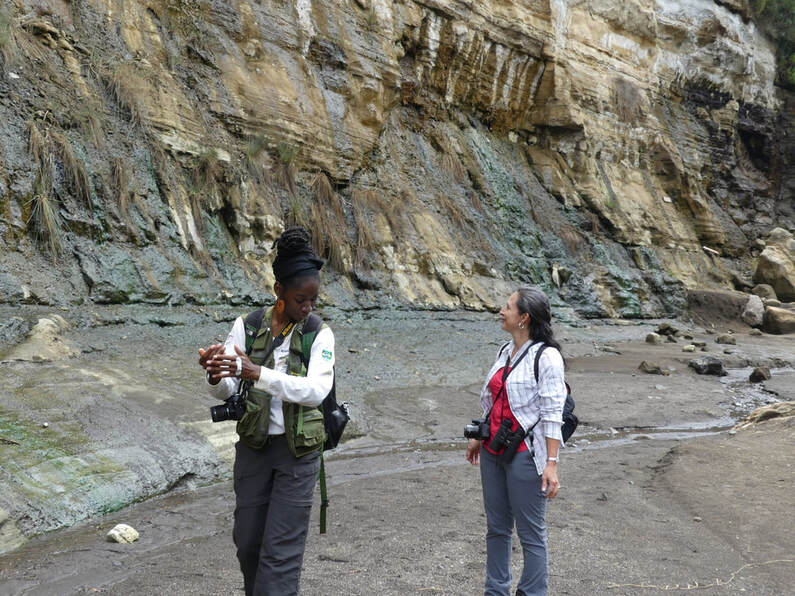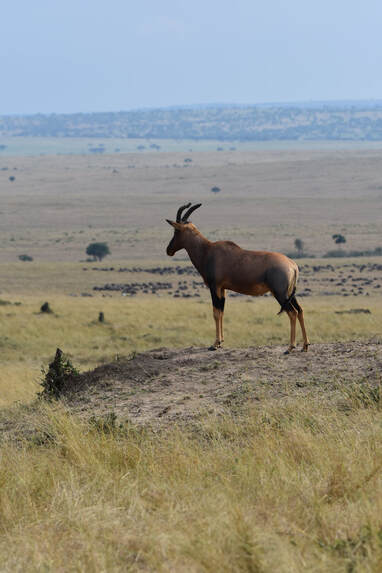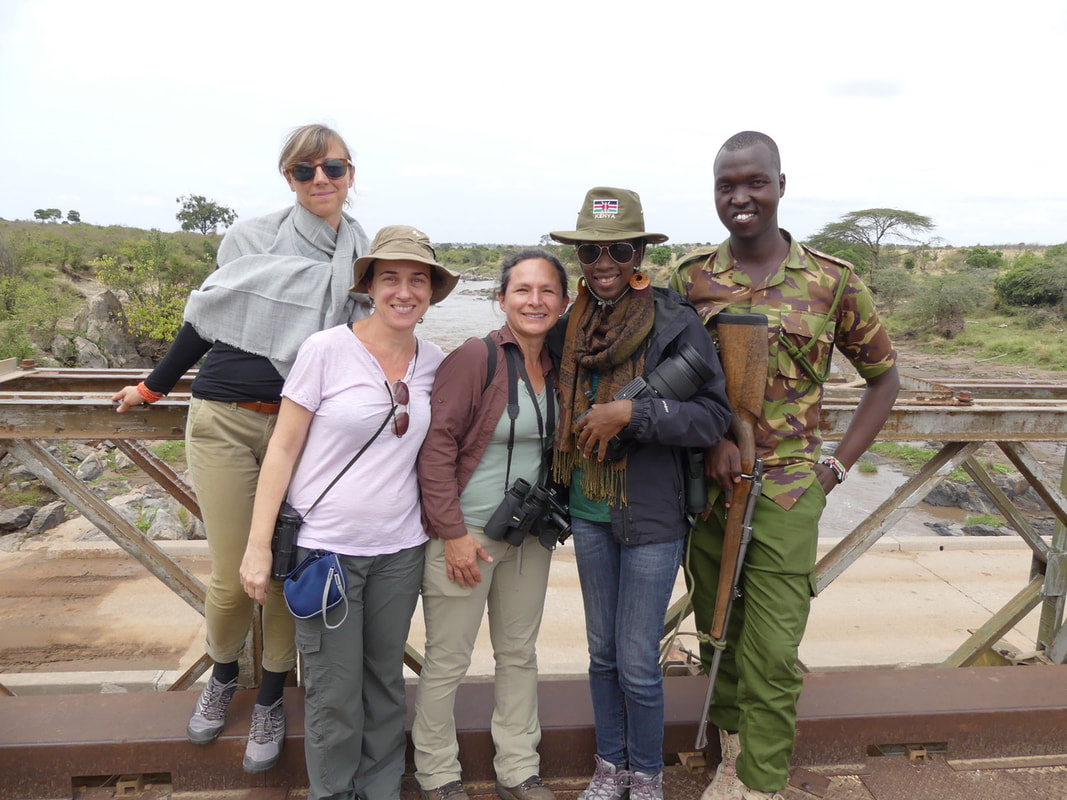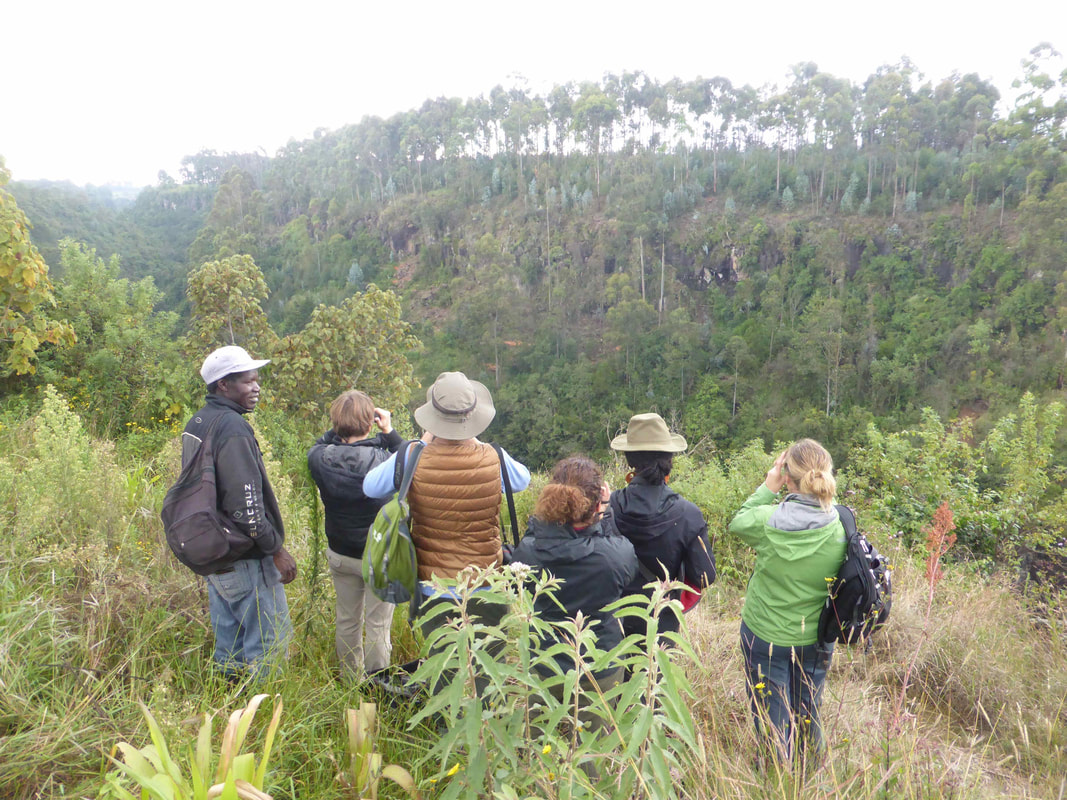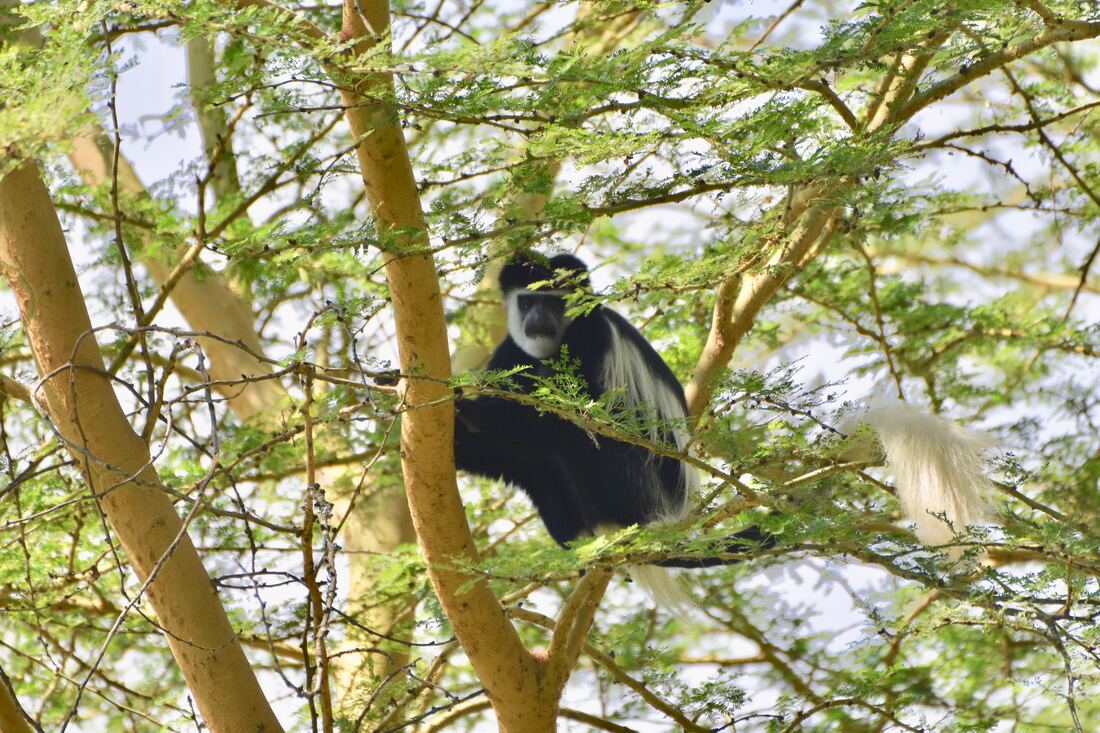|
I'll start out with a trailer featuring some of the best footage I was able to capture on this trip. Excuse the cheesy iMovie format! For more wildlife photos from this trip, check out the Photo Gallery. Back in August of 2018 I had the trip of a lifetime. I went on a week-long safari in Kenya. I don’t even know how to express the beauty I beheld. I took advantage of the fact that I would be in Nairobi for a primate conference and decided to hang out for a week afterward with some cool primatologists! I always thought that if I ever made it to Africa, it would be as a scientist. And, I was basically right. While I wasn’t doing research on the two occasions I went to the continent, I was participating in professional development as a workshop participant (Cameroon) or presenting research (Kenya).
By that point, I had given my talk at the conference and done all the networking I was capable of. I met some cool new people, and reconnected with some colleagues, best of all my advisor Jessica from graduate school. I’m going to gloss over the conference as it wasn’t nearly as awesome as everything else I got to do. But the closing banquet was pretty awesome, with all kinds of local food, entertainment and dancing. I won’t lie, I was really excited for work to be over and to start looking for animals. I had already seen Blue monkeys on the grounds of the UN but no pictures are allowed. I was itching to try my new camera lens which I had bought specifically for this occasion.
Obviously, my trip to Kenya was an incredible, life-changing dream come true. I probably have not articulated the pure happiness that I felt in every moment I was privileged to spend there. Even those first days in dirty travel clothes. I was ecstatic even when I was frustrated, tired, hungry, lost. I was welcomed so fully, I rarely felt like just a tourist. On more than one occasion a local said “welcome home” after learning I was actually American. And when I left, it felt like leaving home. Kenya, I'm homesick.
0 Comments
|
J.C. BucknerAssistant Professor, University of Texas at Arlington Archives
June 2020
Categories |
Illuminating the Diversification of Evolutionary Radiations
Adventure Log
stories of current and past fieldwork and explorations of nature.
Proudly powered by Weebly
